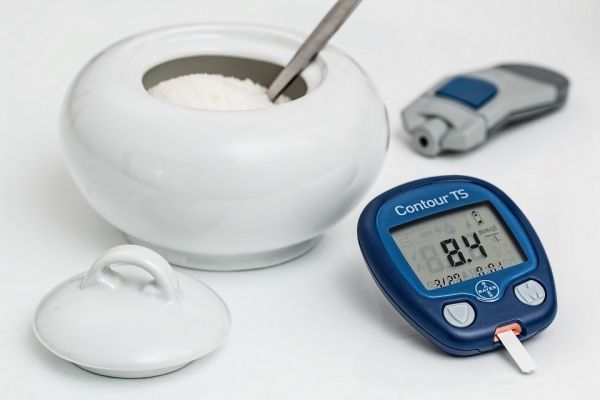For the 250,000 Canadians living with type 1 diabetes, the days of desperately trying to keep their blood sugar stable are coming to an end. A team of researchers at McGill University’s Faculty of Medicine is working to optimize an artificial pancreas with the ability to minimize the glucose highs and lows that diminish quality of life and contribute to long-term health complications.
Creating smart insulin pumps
Insulin pumps have been around for more than 30 years. Using these portable devices, people living with diabetes manually select the amount of insulin released into their bloodstream. While the majority still prick their finger to test their blood glucose level in order to determine the right amount of insulin, a growing number use an automatic glucose sensor. Even using the automatic sensor, however, the average person hits their glucose target less than 50 percent of the time. As a result, they spend most of their time in a state of hyperglycemia, which produces headaches and weakness, or hypoglycemia, which causes dizziness, confusion, and difficulty speaking.
Dr. Ahmad Haidar began his PhD studies at McGill just as the automatic glucose sensor became commercially available. “It was the best coincidence of my life,” he claims, “because the automatic sensor made it possible to create an artificial pancreas system.” Drawing upon his background in control engineering, Dr. Haidar devised an algorithm that tells the insulin pump how much insulin to release based on the sensor reading entered by the user. He then teamed up with three clinicians in the McGill Faculty of Medicine—Drs. Laurent Legault, Michael Tsoukas, and Jean-Francois Yale—to form the McGill Artificial Pancreas Lab. Their team of 12 full-time and 45-part time researchers has become the only group in Canada to develop artificial pancreas systems.
Read more at McGill University
Photo Credit: stevepb via Pixabay


